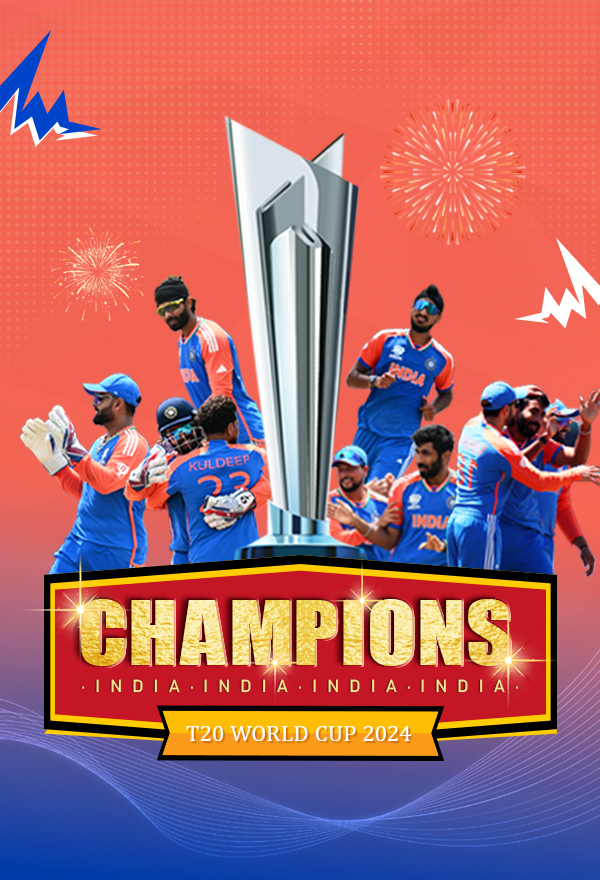
sanjeev
khelja|17-06-2025
In a fresh move by the Board of Control for Cricket in India to catch over-age players, the Indian board decided to conduct an additional bone test at the junior level.
The strict action was imposed months after fresh allegations surfaced against IPL 2025 star Vaibhav Suryavanshi, who was accused of age fraud.
The Rajasthan Royals star's fame came with his fair share of controversy, which began right after the IPL mega auction, when he had become the youngest player to acquire a contract after being signed for INR 1.1 crore. Vaibhav was claimed to be 15, as against his then age of 13 years and 288 days.
The young cricketer's father, Sanjiv Suryavanshi, responded to the allegations, telling PTI, "When Vaibhav was 8 and a half years old, he first appeared for a BCCI bone test. He has already played India U-19. We don't fear anyone. He can again undergo an age test."
Yet the controversy resurfaced after the left-handed batter smashed a record century in the IPL. Fueling the storm was an old video that went viral on social media, where Vaibhav himself was allegedly heard stating a different birth date. While the authenticity of the clip remains unverified, the BCCI has taken a significant step to ensure no player misses out on an extra season due to the " 1 factor" that is currently added to the calculation, which renders players ineligible by thinnest of margins.
What is BCCI's new rule?
According to the existing method, each player undergoes a bone test for age determination via the TW3 method and a 1 factor is added to determine his or her eligibility for the next season in the same age group. However, according to the new rule, players in in the U-16 level will undergo another bone test the next season to decide the eligibility in case the 1 factor rules him out in the previous year.
"It is being done to have an exact age and make sure that no player loses due to arithmetical calculation rather than scientific calculation," a BCCI source told PTI.
"This means that the bone age of a player has to be 16.4 or below in the following season in male cricketers and 14.9 or below in case of females for participation," the source added.
This implies that if the bone age for a male U-16 player in the 2025/26 season is 15.4, he would not need to undergo another bone test the following season, as a 1 factor would be added to their bone age.
Hence, his bone age in the 2026/27 season would be 16.4 years, regardless of their actual bone growth, allowing them to participate in the U-16 tournament with a bone age of 16.4."It's possible that this arithmetical calculation does not accurately reflect a player's actual age, which could cause them to lose out on a year of eligibility," the source added.
"It's possible that this arithmetical calculation does not accurately reflect a player's actual age, which could cause them to lose out on a year of eligibility," the source added.

Kuldeep Yadav: Kuldeep Yadav speaks on the pitch of England talks about Shubman Gill captaincy..

Imad Wasim spins Glamorgan to win over Gloucestershire in Vitality Blast 2025

Bess Heath guides Durham to win while Bears beat Hampshire

What Chennai thinks if RCB wins the IPL 2025 Final | Chennai Super Kings | The Federal







